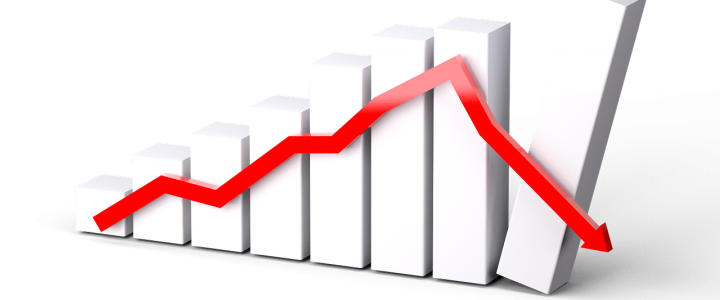A new year, a new tune? So far that is the trend…
With all the speculation around what this year will bring, including the effects of inflation and an ongoing pandemic, whether markets will continue to soar, along with predicting when the Fed may raise interest rates (and how many times), a quote from the late Donald Rumsfeld, former U.S. Secretary of Defense, comes to mind:
“There are known knowns. These are things we know that we know. There are known unknowns. That is to say, there are things that we know we don’t know. But there are also unknown unknowns. There are things we don’t know we don’t know.”
The idea of known unknowns is helpful in forming your financial strategy.
What do we know already (known knowns)?
Are we conscious of what we are not exploring (unknown unknowns)?
What about biases and unconscious decisions (unknown knowns)?
As this year unfolds and we move into a potentially volatile time in the economy, let’s work closely together, examining your goals and adjusting if needed as conditions change to keep you on track.
Here is a review of last week and what to look forward to this week…
Last Week
The Nasdaq fell 7.5% due to disappointing earnings results. The drop put the Nasdaq below its 200-day moving average for the first time since April 2020. The S&P 500 fell 5.5% and is off 8.25% from its early January highs. Every S&P 500 sector lost ground, with consumer discretionary, technology, and financials all down between 6-8%. Concerning inflation and corporate profits accelerated an overall risk off movement by investors.
Globally, anxieties rose over Russia making a move against Ukraine. In the U.S., a surprise drop into negative territory for January’s Empire State manufacturing survey revealed the economic damage that the omicron variant has done. Weekly jobless claims took an unexpected turn higher, totaling 286K as illness-related absences increased.
Reported housing data came in mixed as mortgage rates ticked up, reaching the highest levels since March 2020. New home construction ended 2021 on a positive note and annual housing starts were the highest since 2006. Homebuilder sentiment slipped slightly in January as lumber prices have soared back to near last summer’s highs, while existing home sales sank 4.6% in December on record low inventory. Overseas, China’s central bank moved to shore up a slowing economy hurt by the real estate sector, cutting several benchmark lending rates. China’s economy grew by 8.1% in 2021, below forecasts of 8.4%.
The Week Ahead
Investor sentiment has been pushed to levels not seen in a long time. The latest AAII survey showed bullish sentiment at 21%, an 18-month low, while bearish sentiment jumped to 47%, a 16-month high. Readings at those extremes may suggest an oversold market in the short term. However, this week is packed with potential big-impact announcements. The largest being the FOMC’s statement to be released mid-day Wednesday. Will Powell change his hawkish tone given recent risk-asset performance, or stay the course laid out in December? Reaction may be volatile either way.
Manufacturing and services PMIs, along with consumer confidence numbers, will precede the Fed’s account. Thursday brings the first look at Q4 GDP, where consensus forecasts have slowly come down and currently sit around 5.3%. Durable goods and pending home sales will also report on Thursday, and then Friday an inflation update lands with the Core PCE Price Index. And don’t forget earnings season is in full swing as 108 names in the S&P 500 are expected to report quarterly results.
This website is for informational purposes only and is not intended to be specific advice or recommendations. For specific advice or recommendations you would need to meet directly with one of our advisers.





